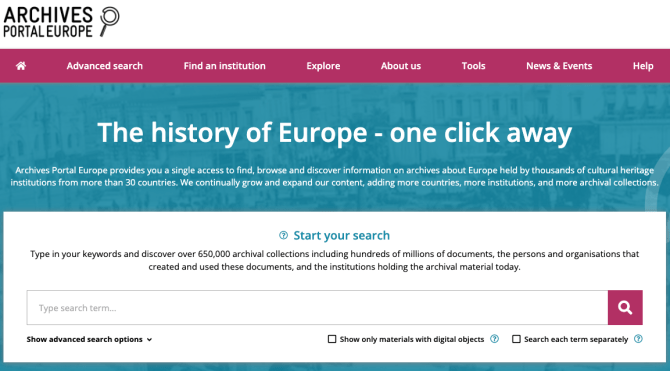Since the second half of 2023, we have been publishing editor’s digests, which aim to quickly summarize the things we have been publishing in a given area helping new and old readers alike to discover articles that they may have missed. Last year Jonathan Robker kicked off this new series with a digest on Middle Eastern and African Studies and this was followed by Mariana Zorkina‘s digest on Chinese Studies. Today, I will introduce the work that the Northeast Asia Studies team has been conducting in the course of this academic year.
This academic year we have published six pieces related to Northeast Asian Studies expanding the sort of content we carry in new and exciting directions. Many of these pieces highlight trends of the global nature of Northeast Asian histories providing utility beyond the audience for which they were written. Though I do not mean to diminish the value of the other posts that we have published this year, I must admit that on a personal level I was particularly excited by the contributions of Elizabeth Lee, Emma Donington-Kiey, and Raúl Cervera, and as such I will start with these first.

Lee’s “MARKUS for Korean Studies” explores using MARKUS, a tool developed for use with classical Chinese texts, and its Korean variant (K-MARKUS) to markup pre-modern Korean texts. Although the article doesn’t tell you how to use MARKUS for Korean texts, it provides a valuable review of its scope, ease of use, and features. It also highlights the inter-connectivity of Korean studies with the study of neighboring geographic spaces particularly when read alongside pieces such as Lu Wang‘s review of MARKUS for classical Chinese.
Donington-Kiey’s exploration using digital platforms to conduct research into sartorial Japonisme represents The Digital Orientalist’s first foray into the history of clothing. The article focuses on digital archives featuring Japonisme-inspired clothing from late 19th-century Europe. First, Donington-Kiey offers a comparison of the digital archives of the Kyoto Costume Institute and the Metropolitan Museum of Art’s Costume Institute focusing on their search options and metadata, and providing short reflections on how this may shape user perceptions. By asking “How does the way that the data is presented influence the researcher?” the author steps beyond the usual formula of asking “What utility does this platform have for the researcher?” offering, I believe, a potentially exciting new benchmark for future articles in The Digital Orientalist. The second half of the article explores integrating data from digital archives into larger shared collections.
As someone engaged in the study of the history of Christianity in Japan and the history of Japan’s relations with Europe, I was reminded when reading Raúl Cervera’s review of El Archivo de las Índias how often we become trapped in our own little bubbles. Whilst I am apt to believe that I am quite familiar with those projects and tools useful for the study of Japanese-Iberian relations, I realized that I often overlook those platforms primarily designed for those approaching the topic with Spanish or Portuguese as their primary language. Cervera’s article provides an extensive introduction to the Portal de Archivos Españoles (PARES), an online portal that allows users to search materials from El Archivo de las Índias and other collections. As a case study, Cervera uses PARES to search for texts from the Tenshō Embassy, however, it is clear that the platform will be of great utility to those engaged in researching the history of other former Iberian spheres of influence and colonies. In particular, he highlights the “fuzzy” search feature which allows users to widen search parameters to help discover potentially new resources.
Other pieces in Northeast Asian Studies this academic year have been written by Michele Eduarda Brasil de Sá, Hirohito Tsuji, and myself.
Sá kicked off the year with a guide to using Wakelet using her current project on Japanese-Brazilian relations as a case study. The post provides not only a useful introduction to using Wakelet for digital curation, but also outlines its potential applications in the classroom and introduces readers to the platform’s inter-connectivity with other platforms. This is a potentially interesting read for those who are currently unfamiliar with the platform.
Tsuji’s article explored the digital edition of the Tennō kōzoku jitsuroku 天皇皇族實錄 which is currently being made available one Japan Knowledge. Although Japan Knowledge is likely one of the most widely used digital platforms in Japanese studies this was our first article focusing on an aspect of it. Tsuji’s article offers a bibliographical description of the texts and a historiographical description of their composition before exploring the digital version alongside wider questions about the use of the texts in research.
The final article to mention is my own exploration of the Center for Open Data in the Humanities (CODH) kuzushiji generation software soan そあん.
This academic year we have had some interesting contributions in the field of Northeast Asian studies. These have seem to have represented a diversification of the sort of content we are publishing with increasing focus given to previously unexplored platforms and fields. Several of these contributions have also pointed to the history of the region’s interactions with other parts of the world. As such, I hope that these articles may form a starting point for conversation between scholars focusing on different though interlinked spaces and histories.




One thought on “Editor’s Digest February 2024: Northeast Asian Studies”